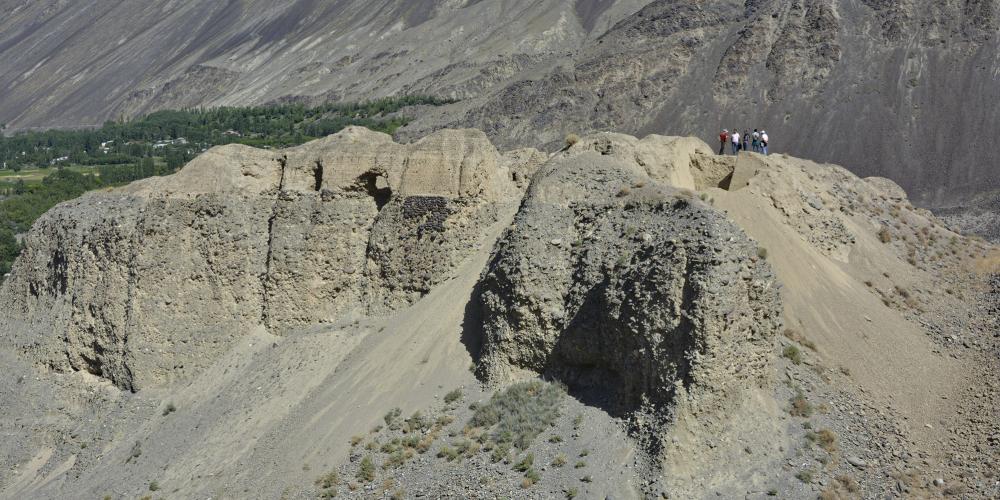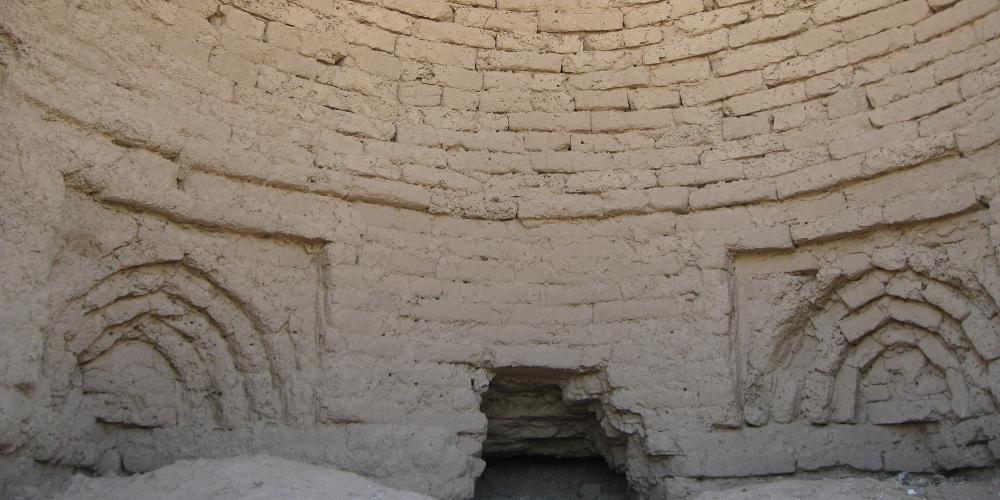Silk Roads: Zarafshan-Karakum Corridor

For the caravans of traders traversing the paths of the Silk Roads, there were often alternative routes to choose from. Trails in various directions would lead to different settlements with the new commercial opportunities that would bring, or perhaps unexpected weather or conflict would mean a slightly longer path would end up being easier and safer.
But when it came to the east-west crossing through the heart of Central Asia, the difficult extremes of the region's geography made the Zarafshan-Karakum Corridor the main thoroughfare into which most other routes were channelled from every direction. For almost two millennia, from the 2nd century BCE to the 16th century CE, this meant it was one of the most important and culturally diverse parts of the entire Silk Roads network.
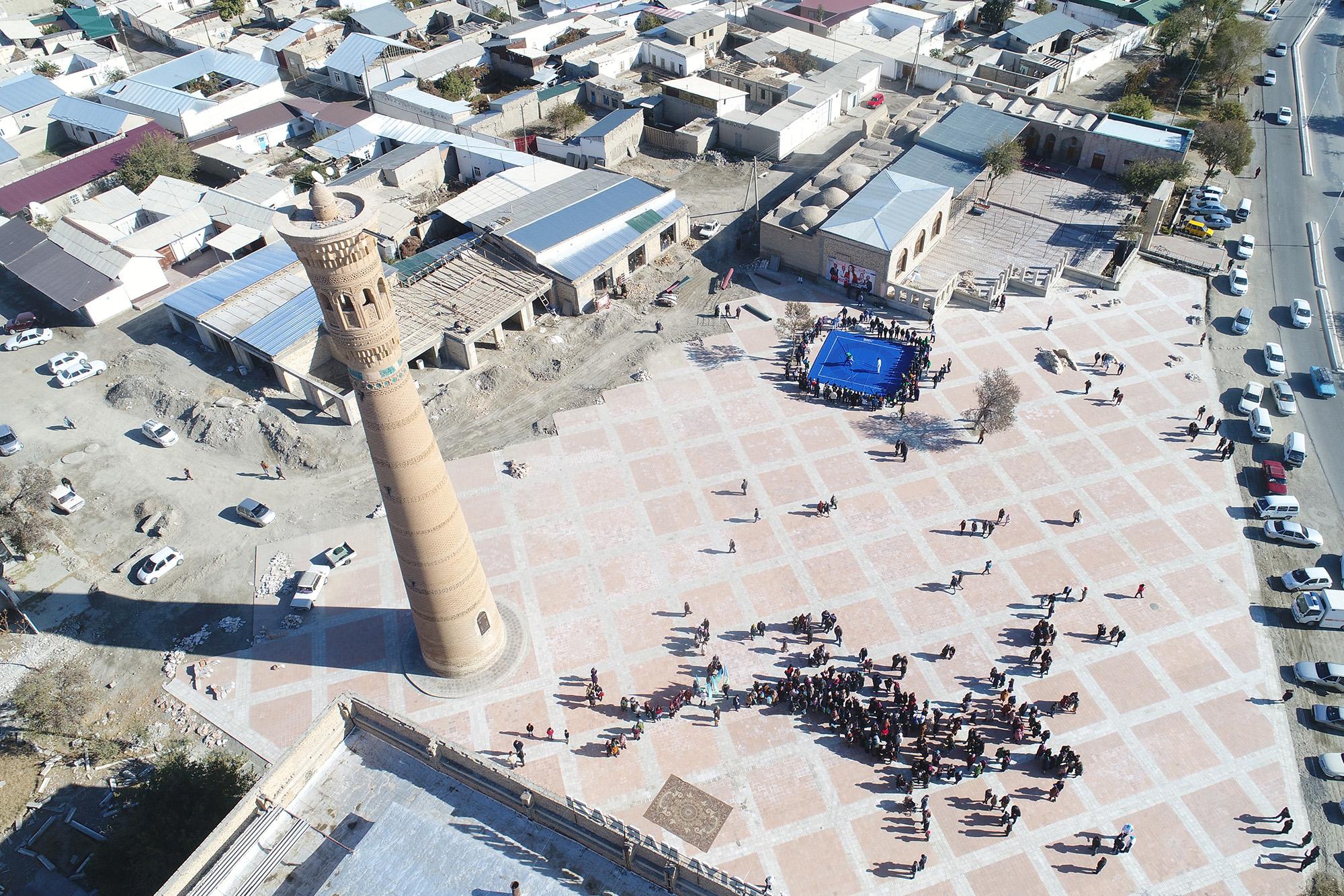
Because of its significance, a large amount of infrastructure was built along the path, from small local businesses to opulent cities founded by powerful empires. On the 866-kilometre stretch that has been designated as a World Heritage Property, 34 of these components have been specifically included, 9 in Tajikistan, 16 in Uzbekistan, and 9 in Turkmenistan.
Driving along the Zarafshan-Karakum Corridor today, you'll find visiting these locations paints a detailed picture of the cultures and economies of this historical artery of trade. Together, they cover rural settlements, transportation and defence facilities, religious sites, central towns and commercial settlements, irrigation systems, and water supply sites. Within the corridor, there are also three magnificent Silk Road cities that have been listed separately as World Heritage Properties – Samarkand, Bukhara, and the remains of Ancient Merv.

While it's the cultural aspects of the Zarafshan-Karakum Corridor that make it particularly interesting, the heritage here cannot be separated from the dramatic landscapes, which have played a huge part in the region's development. As you travel from east to west, you'll start in the rugged mountains of Tajikistan with their glistening alpine lakes, treacherous ravines, and snow-capped peaks. Coming down into the plains of Uzbekistan, the fertile land is awash with fields of agriculture, meadows of blooming flowers, and wide life-giving rivers. But then, entering Turkmenistan, the land becomes drier as the desert rolls in with its sand ridges, dunes, and salt marshes in the depressions.
The beautiful vistas are more than just scenic backdrops. The infrastructure along the route's 866 kilometres was intertwined with these landscapes and designed to fit with the various geographic conditions. In the mountains, the settlements were quite small and usually built on flat areas to be used as rest stops for caravans and travellers. Along the plains, where there was plenty of food and water, the cities were large because people chose to settle here and because merchants took extended breaks after the extreme journeys on either side. And in the desert, the caravanserais were generally spaced about one day's walk from each other, with wells and reservoirs to sustain the traders who would stay the night.
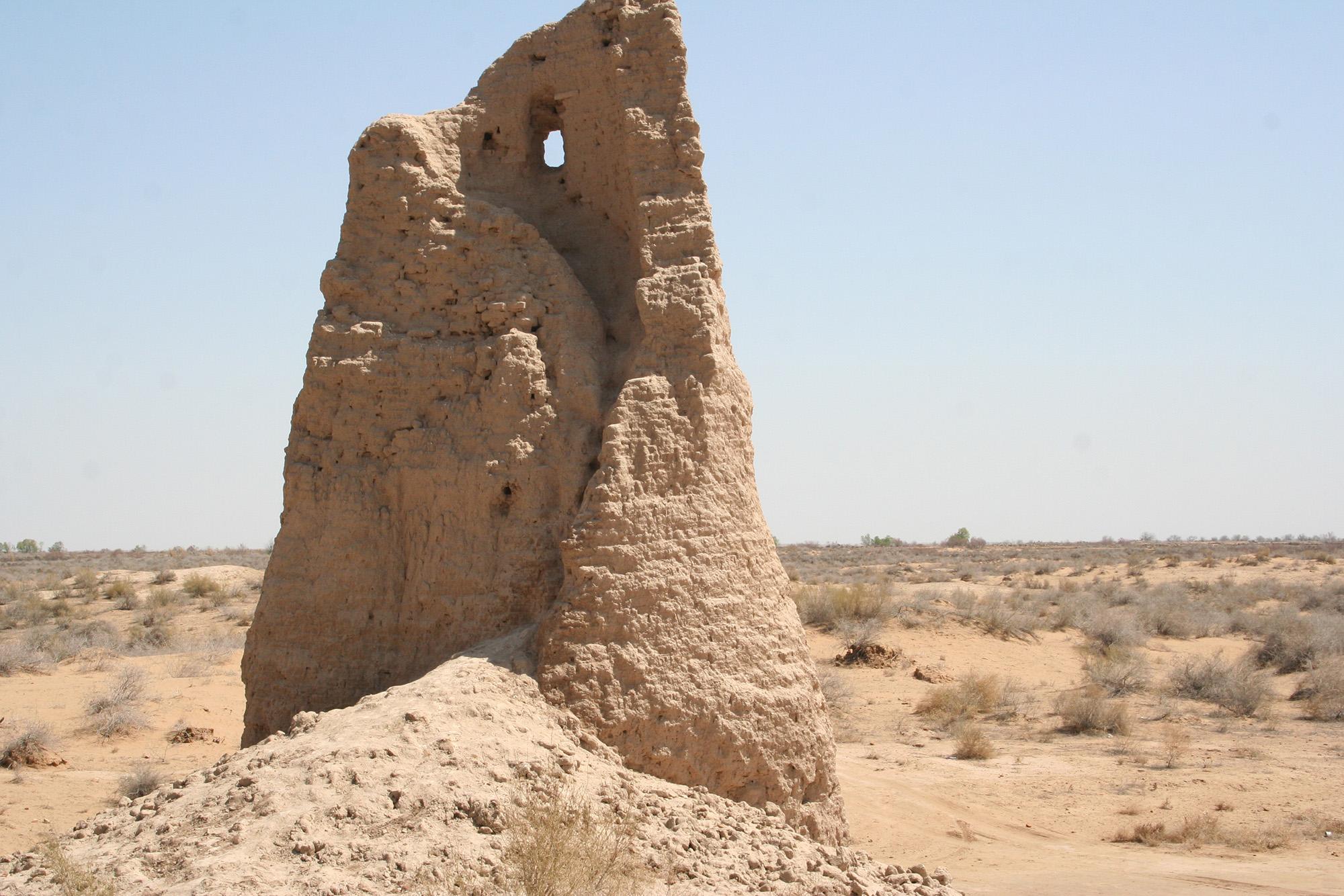
All of this made the Zarafshan-Karakum Corridor the safest – and most profitable – way to traverse this part of Central Asia and, over the centuries, it became more than just a trading route. It also became one of the most important places in the world for the exchange of artistic and scientific ideas.
The corridor's great powers
The caravans that passed through the Zarafshan-Karakum Corridor brought with them goods from around the world. The most common items that were traded here were things like silk, metalwork, leather, and spices, but there were also precious metals like gold, and even racehorses! The region was also well known for its own products, and the local people traded their handmade luxury goods like Sogdian silverware, Zandaniji wool fabric, Samarkand paper, and glazed pottery.
Over the centuries, many people moved to the region, attracted by the economic opportunities, the stable political environment, and the fertile lands in the plains. This included Iranians, Turkic peoples, Mongolians, Greeks, Indians, and Chinese. With them, they brought religions like Zoroastrianism, Islam, Buddhism, Nestorian Christianity, and Judaism, as well as a plethora of different languages and cuisines.
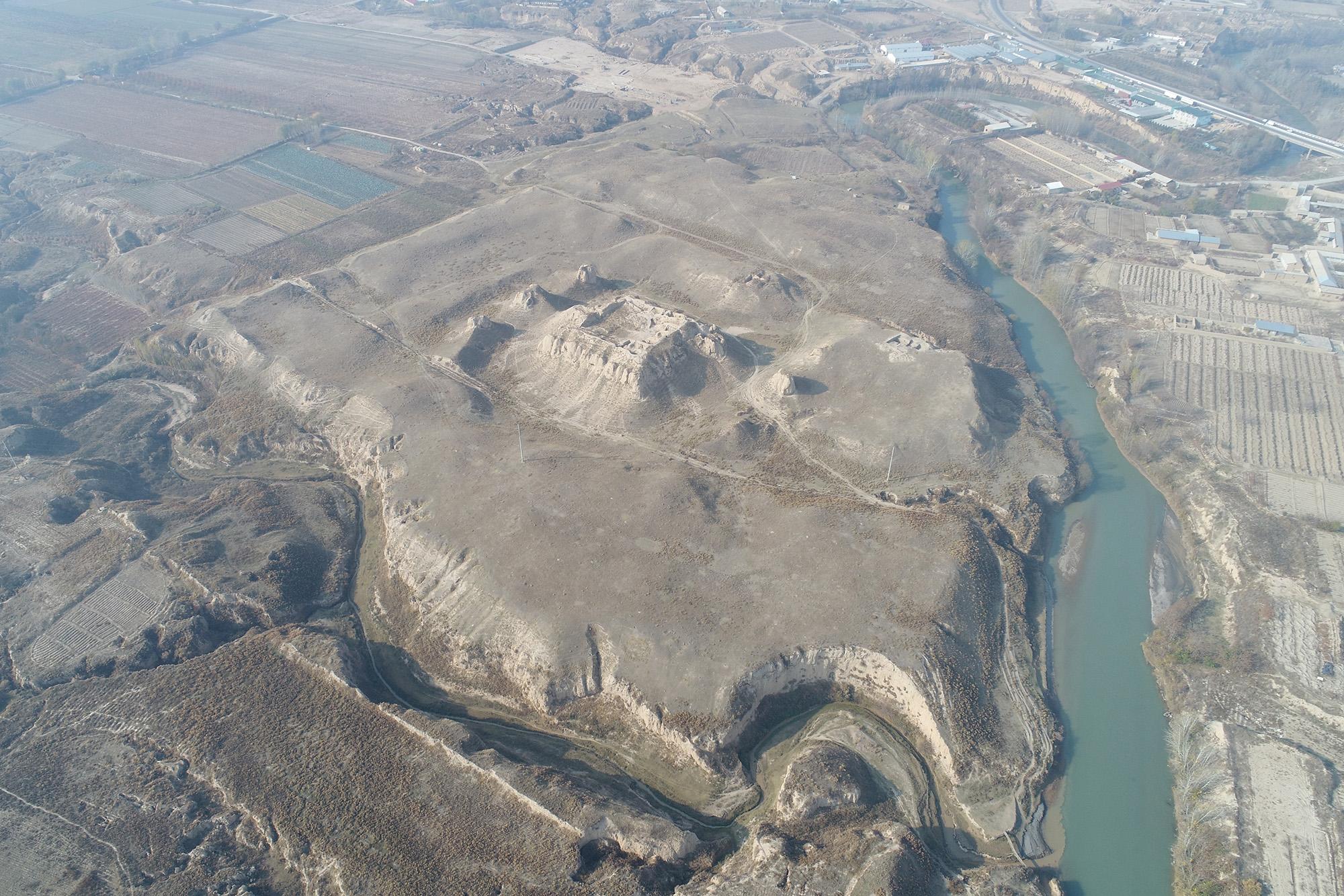
The cities and settlements along the Zarafshan-Karakum Corridor became known for their skills and technologies, with disciplines like glassmaking, winemaking, and horse breeding developed here and then spread across the region. The local musicians became famous in China, the type of lute created here was exported to Japan, and resident artists became important conduits for skills like paper production and ceramics.
All of this was amplified by the great powers of the times, that knew that control of the main Silk Roads corridors was vital to their success. Over the centuries, the Zarafshan-Karakum Corridor was the centre of numerous struggles for domination, with the legacy of empires still imprinted on what you see today. Three main periods of prosperity in particular had the biggest impact.
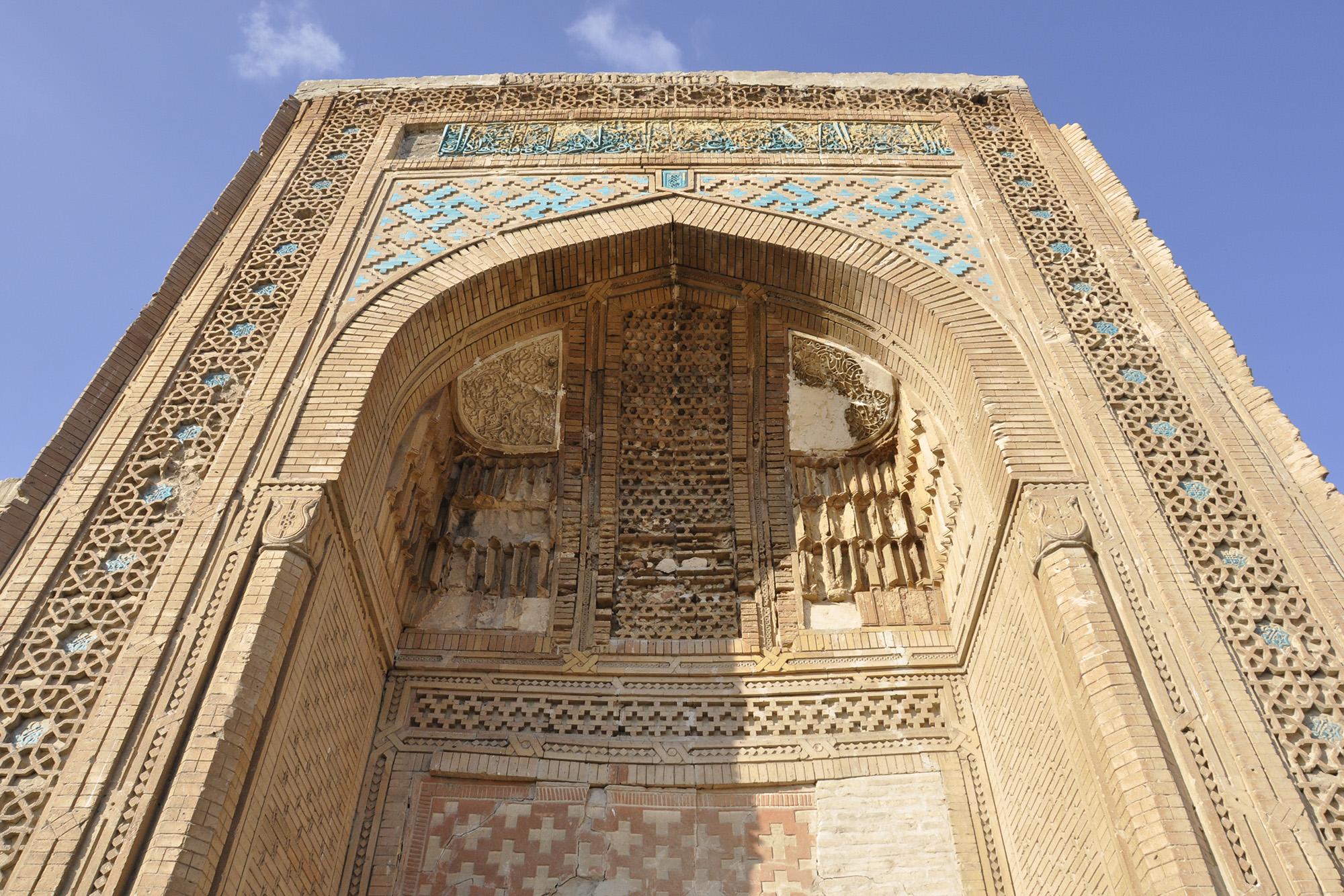
The first period was between the 5th and 8th centuries when the Sogdian merchants rose to become the main intermediaries in the international silk trade. They developed a unique and sophisticated culture within their settlements in the Zarafshan Valley, and this spread across the Silk Roads as their involvement in the network's commerce extended further.
The second period of prosperity was between the 10th and 12th centuries, after the expansion of Islam in the region. With much of the population converted to Islam, trade with other Muslim countries increased and there was a lively exchange of cultural ideas. Much of the urban culture of the corridor was developed during this era.
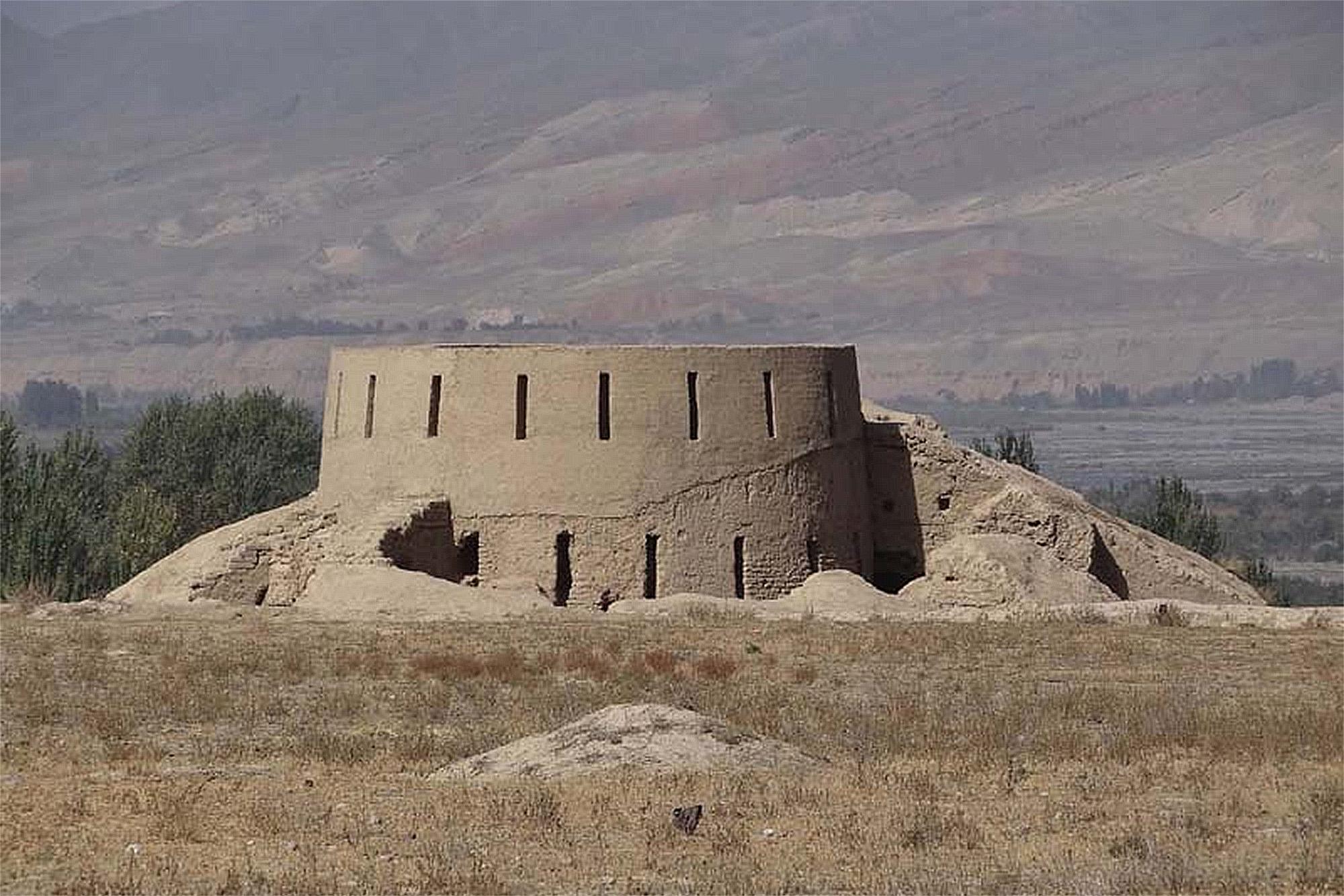
And the third important period was under the Mongol rule, from the 13th to the 17th centuries. This was when some of the most critical scientific advances were made, while the vast scale of the Mongol Empire facilitated cultural and commercial ties throughout Eurasia. Some of the most famous cities and settlements were either founded or expanded during this time.
As you visit the 34 components of the corridor, each sight will be of interest on its own, but it's the entire collection that offers a complete impression of how it was to traverse the region centuries ago. From settlements that controlled mountain passes, to caravanserais that protected merchants, you'll see how the Sogdians became the major intermediaries of the silk trade, and how people settled in the major cities to exchange ideas in ways that still influence the world today. As a backdrop to your journey, you'll have some of the most dramatic landscapes of the Silk Roads, including rugged mountains, fertile river valleys, and desolate swathes of desert.


